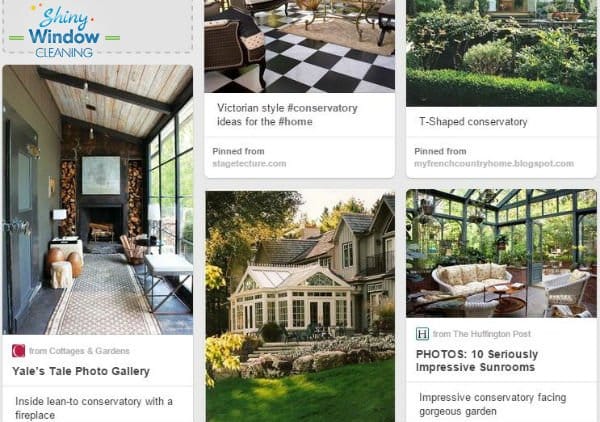Ultimate Guide To Conservatory Designs
Does your house’s size not satisfy you? Or maybe you miss the natural sunlight way too much? Well, the best solution for you could be a solution that covers both points – chose a proper conservatory design and build it.
A conservatory is a perfect extension for any house. And the best part about it is that it can be designed in uncountable ways to suit all your wants – a living room or safe playground, guest room or dining room – literally anything you choose it to be. However, this variety also means you will have to get to know all those different types in order to make a weighted decision.
Luckily, you don’t have burden yourself with research, as we made everything for you. So here it is, your guide for a perfect conservatory design.

First things first
The very first thing you should distinguish for yourself is the type of structure itself, as there is a lot of confusion in this topic. There are three different types of these, which are often mixed up: conservatory, orangery and glass extension.
To get things straight, here are the executive descriptions for each type:
- Conservatory – a middle point between glass extension and orangery in terms of complexity and overall philosophy. It offers much larger glass panes and wider views than orangery. Usually has a lockable door leading back to house.
- Orangery – almost seamless extension of a house that doesn’t compromise privacy through decreasing space taken by glass, practically going back to traditional walls and windows. Usually has a lockable door leading back to house.
- Glass extension – spatial extension of a house, offers uninterrupted continuation of space that follows ideology of loft open spaces.
Before you start any kind of construction you should make sure your contractor (anyone responsible for the future building project) is up to date with the newest regulations and construction requirements. Depending on the scale of your future structure you might need a planning permission, but for most domestic conservatories it is not needed.
Conservatory Structures
Edwardian/Georgian
Being a perfectly rectangular in shape, it becomes more and more popular with it’s high sloping roofs and plenty of space for furniture and other things of your choice. The simplicity of construction of this type makes it one of the least expensive options.
Gable-fronted
These are a variation of Georgian type, however the roof here is not all sloping back but has a front panel that remains upright. Again, perfect use of space due to square-ish forms and great light properties.
Victorian
The distinctive feature of Victorian conservatories is a bay front, the same steep roof as Edwardian style and ornate ridge details, that remind you of the epoch of the same name. Depending on budget limitations and owner’s preferences, Victorian conservatories designs can be in two main variants that differ in the degree of “roundness” and size. Due to the nature of these designs, Victorian style falls into the top range of conservatory prices and it suits more those home owners aiming to increase living space significantly.
Lean-to
As name suggests, this style implies that conservatory is “leaning” to the house. The main ideas to build a simple glass box that is directly attached to a side or end of a building and uses the existing wall instead of building a new one. The benefits of such structure are super low cost and amazing amounts of light that are getting in. And such style fits perfectly any style of architecture – from modern to posh. It is also a paradise for a minimalist.
P-shaped
Main point of P-shaped conservatory design is in combination of two previous styles – Victorian and lean-to. However, a “donor” building has to be large enough to allow for P-shaped structure. The benefit of such design is an opportunity to make a double-purpose space with logical division into two adjoining rooms.
T-shaped
T-shaped design type is logical brother of Edwardian or Victorian styles that is connected to the building with the top part of the “T” and points into garden. Playing with the proportions will let you again create a division into two parts for different purposes and atmospheres with gorgeous view into the garden.
Corner infill
Similarly to lean-to, corner infill utilises building to save on the expenses for additional walls and this time it only requires 2 more walls. That makes this conservatory’s price drop significantly. Also, being located on the outside corner of a building it saves you precious garden space.
Filling it up
After you’ve finalised the structure of your future conservatory, it is time to think about the way you will treat windows, floors, how you will ventilate and heat the space, not to mention the right set of tools to get rid of deribs blocking your gutter.
As always, everything depends on intended purpose of the project and a type of climate you have and direction conservatory is facing. That means you might want to put stone floor, if you will be having some heavy activity within the space or go for glazing and tinting to preserve the warmth (read more on energy efficient windows). Experienced designers will be able to advise you on the right combination of materials and equipment for your perfect conservatory.
